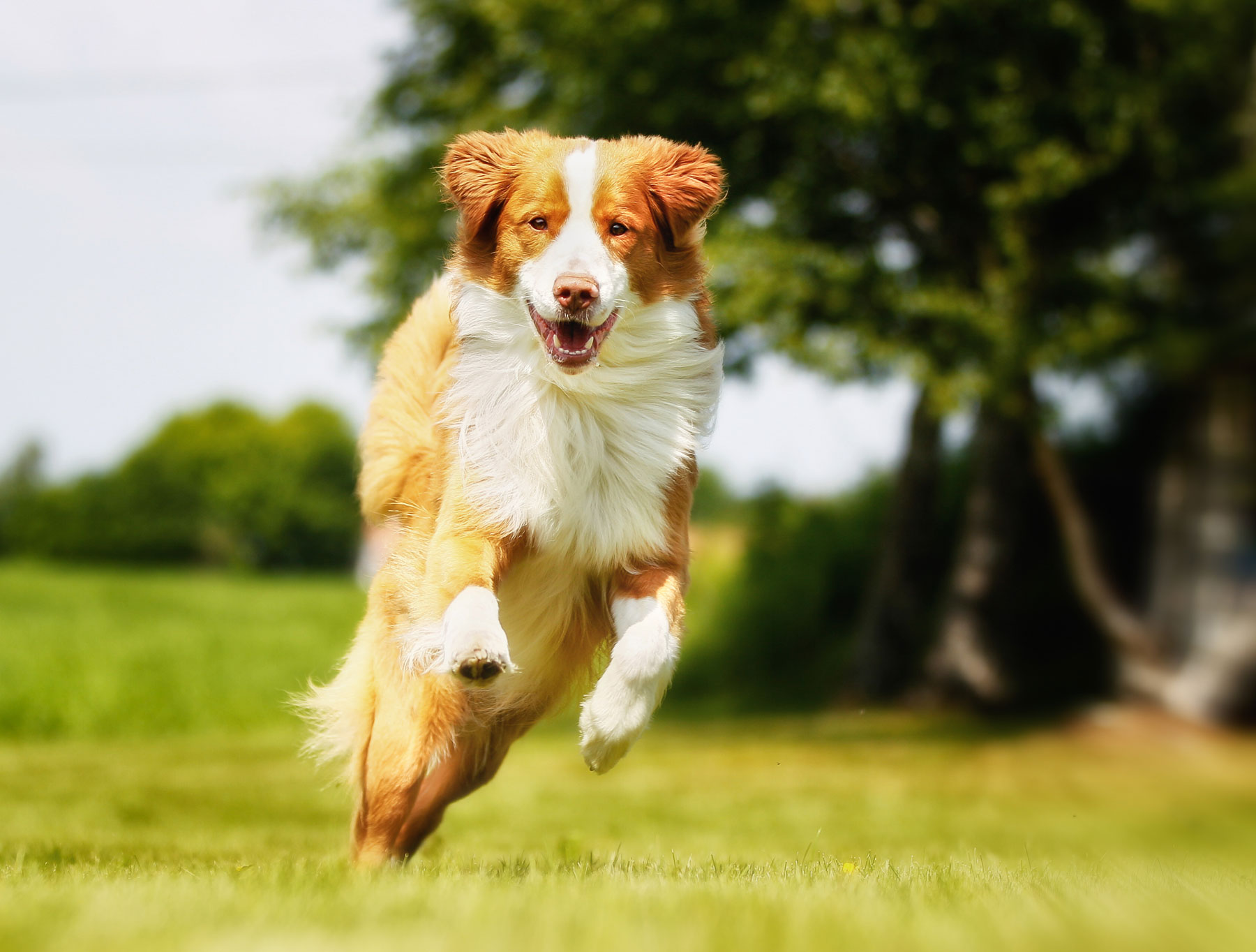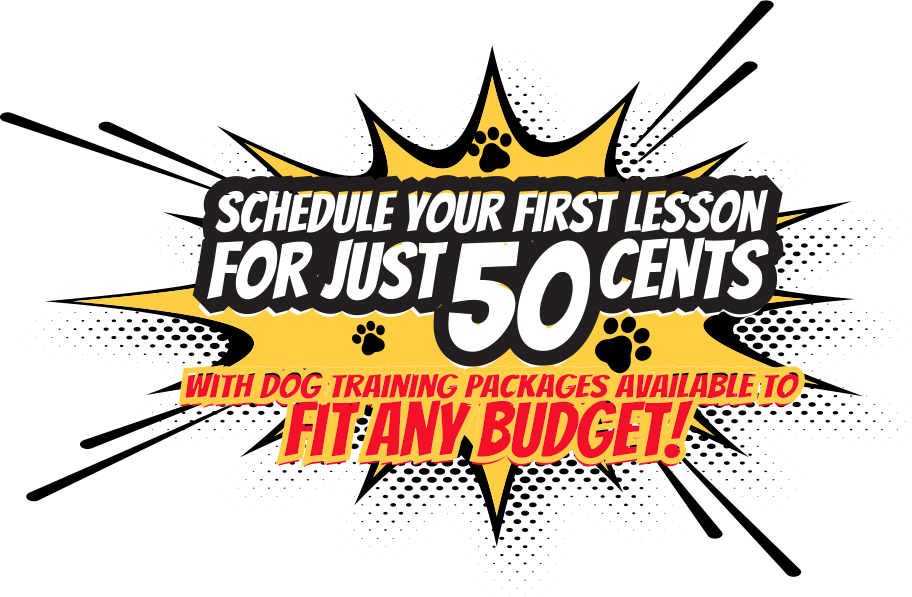The Guide to Puppy Potty Training: 12 Steps to Success
Potty training your puppy is a crucial step in raising a well-behaved and happy puppy companion. Establishing a routine, using positive reinforcement, and understanding your puppy’s cues are the keys to success. In this guide, we will walk you through a 12-step process to make potty training easier and more effective, along with some do’s and don’ts to ensure a smooth journey. Remember, patience and consistency are your best allies in this endeavor.

Chapter 1: Starting Early
1.1 Begin Your Day Early
Start your day by taking your puppy outside in the morning. Puppies can usually hold their bladder for about seven hours at night, so this morning trip sets the tone for the day and helps establish a routine.
1.2 Let Them Choose Their Spot
Allow your puppy to choose their potty spot during this morning outing. They will mark this spot, and it will become their designated potty area during training.
1.3 Encourage Exploration
Each puppy is unique, so let them explore and pick their preferred potty spot. Don’t choose it for them; they’ll naturally gravitate towards the right spot based on scent and comfort.
1.4 Positive Reinforcement
Praise your puppy enthusiastically every time they use the designated potty spot. You can also offer a treat to reinforce the behavior and make it more enjoyable.
Chapter 2: Creating a Routine
2.1 Return Indoors
After your puppy has done their business, always bring them back inside. This helps reinforce the habit of coming back indoors after a potty break.
2.2 The 20-Minute Rule
Expect your puppy to need another potty break about 20 minutes after eating or drinking. This timing becomes an essential part of the routine.
1.3 Encourage Exploration
Always take your puppy to the same designated potty spot. By consistently using this area, your puppy will learn that this is the right place to go.
Chapter 3: Using Commands and Reinforcement
3.1 Choose a Command
Select a specific command or cue to associate with potty time, such as “Go potty” or “Do your business.” This command will help your puppy understand the desired behavior.
3.2 Repetition
Repeat the chosen command. It may take some time for your puppy to connect the command with the action, so be patient.
3.3 Rewarding the Right Behavior
Each time your puppy successfully goes in the designated spot, reward them with praise and a treat.
Chapter 4: Consistency and Repetition
4.1 Regular Potty Breaks
Repeat steps 2.1 to 3.3 every two hours, following a consistent schedule. Maintaining a regular feeding schedule helps you predict when your puppy will need to go outside.
4.2 Be Consistent
Consistency is essential for reinforcing the desired behavior. Stick to the routine and don’t miss a scheduled potty time.
Chapter 5: Troubleshooting
5.1 Crate Soiling
If your crate is too spacious, your puppy may be tempted to relieve themselves inside it. Consider getting a smaller crate or using partitions to limit space, encouraging your puppy to return to the designated outdoor spot.
3.2 Repetition
Some puppies might have accidents indoors, especially smaller breeds with less bladder control. Keep a close eye on them, and if you suspect they need to go, take them outside immediately.
Chapter 6: Frequently Asked Questions
6.1 How Long Does Potty Training Take?
Potty training duration varies depending on age, breed, and temperament. It can take a few weeks to up to six months for complete potty training.
6.2 What's the Best Way to Potty Train a Puppy?
The best approach involves the steps outlined in this guide: establishing a routine, using positive reinforcement, and understanding your puppy’s cues.
6.3 How Do I Recognize When My Puppy Needs to Go?
Watch for signs like whining, barking, restlessness, pacing, sniffing, or circling. These cues indicate that your puppy needs a potty break.
6.4 How Should I Handle Mistakes?
React calmly and never punish your puppy for accidents. Interrupt them if you catch them in the act and take them to the designated potty spot. Clean accidents thoroughly to remove odors.
Chapter 7: How Do We Successfully Potty Train Your Dog
Embarking on the journey of potty training your dog can be an overwhelming task, but it’s far less frustrating than dealing with indoor accidents. In this section, we will provide you with insights into how we approach potty training and debunk some common misconceptions to make the process smoother and more enjoyable for both you and your furry friend. With the abundance of information on the internet and social media, potty training can seem complicated. Before you start training with us, read this section to gain a better understanding of the process.
Potty training is a necessary and important aspect of raising a well-behaved dog. While it may seem challenging, it can be a rewarding experience when done correctly. Here are some key points to consider:
7.1 The Myth of Instant Results
It’s essential to understand that potty training takes time and patience. Some dog owners expect instant results, but every dog is unique, and the learning process varies. Don’t be discouraged by occasional setbacks; consistency is the key to success.
7.2 The Importance of Positive Reinforcement
Positive reinforcement, such as praise and treats, plays a crucial role in potty training. Reward your dog when they exhibit the desired behavior of going in the designated potty area. This positive feedback helps reinforce the habit and makes training more enjoyable for your pet.
6.3 How Do I Recognize When My Puppy Needs to Go?
There are several misconceptions about potty training that can hinder your progress. Let’s address a few of them:
- Punishment: Punishing your dog for accidents can be counterproductive. It can create fear and confusion, making your dog less likely to understand the desired behavior. Instead, focus on positive reinforcement.
- Rubbing Their Nose in It: This outdated method is not only ineffective but also harmful. It can lead to fear and anxiety in your dog, which can affect their overall well-being.
- Using Potty Pads Inside: While potty pads can be convenient in some situations, using them exclusively indoors can confuse your dog. It’s best to prioritize outdoor potty training to avoid mixed signals.
- Giving Up Too Soon: Potty training can be challenging, and there will be setbacks. However, consistency and patience are key. Don’t give up on your dog; keep working with them to establish the desired habits.
Conclusion:
Potty training is a journey that demands patience, consistency, and the right approach. By following these tips and dispelling common myths, you can successfully potty train your dog. Remember that each dog is unique, so adapt your training to their specific needs. If you require further guidance, reach out to our team and we will help guide you through the process. Potty training can be a rewarding experience, strengthening the bond between you and your four-legged companion.


